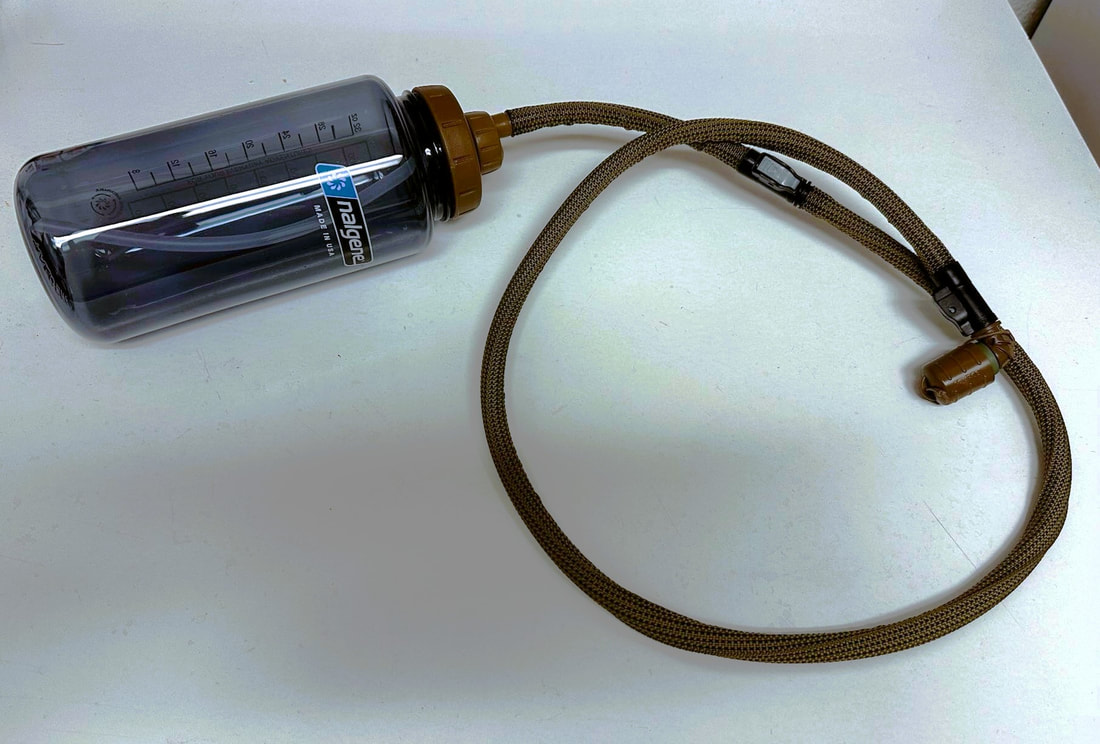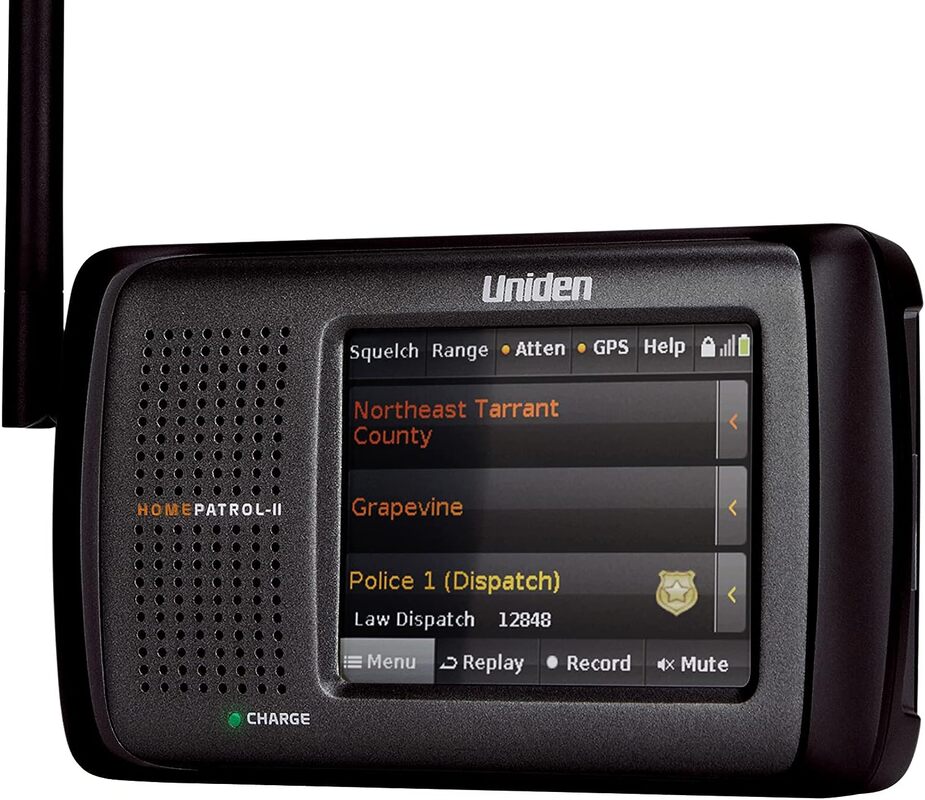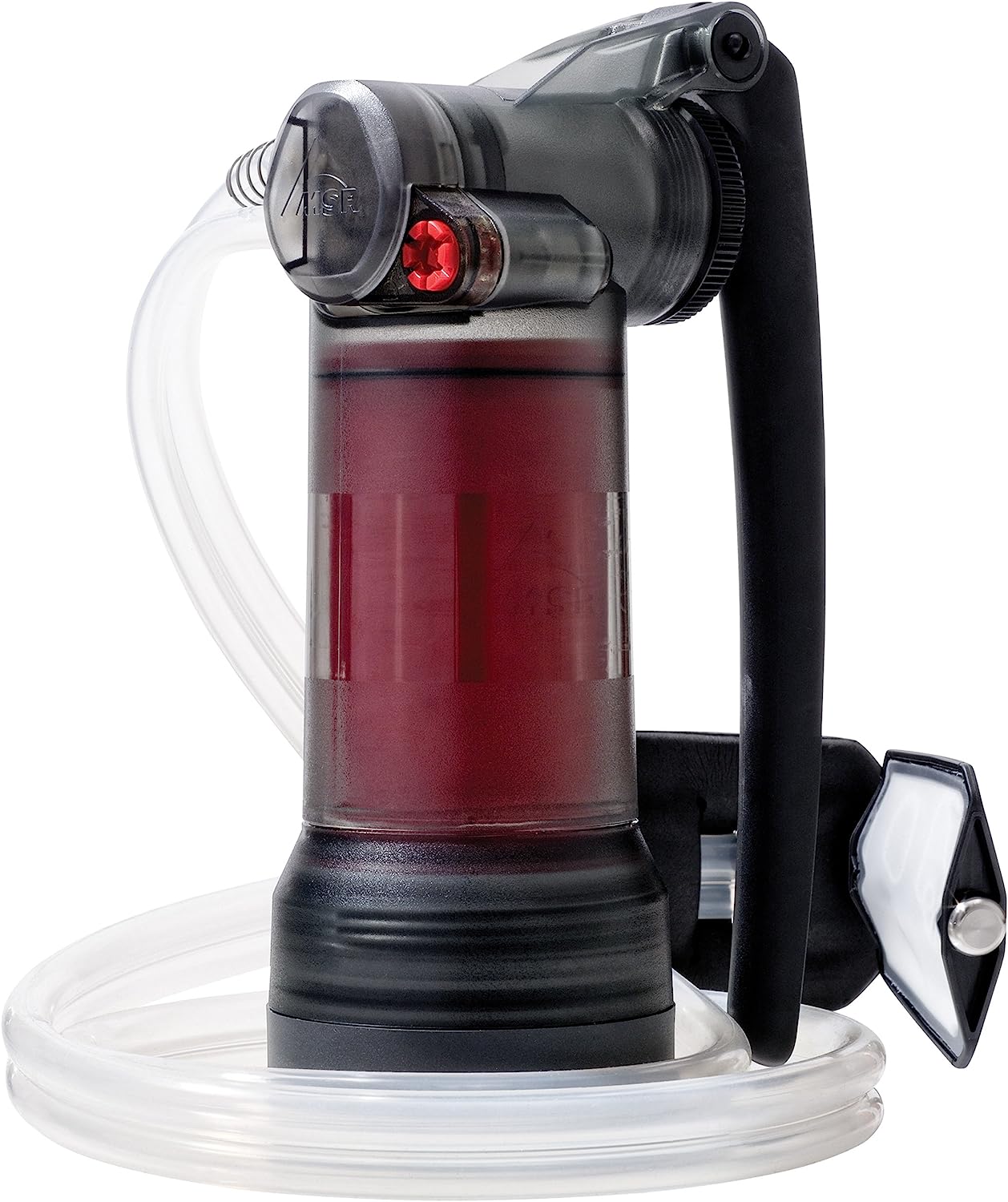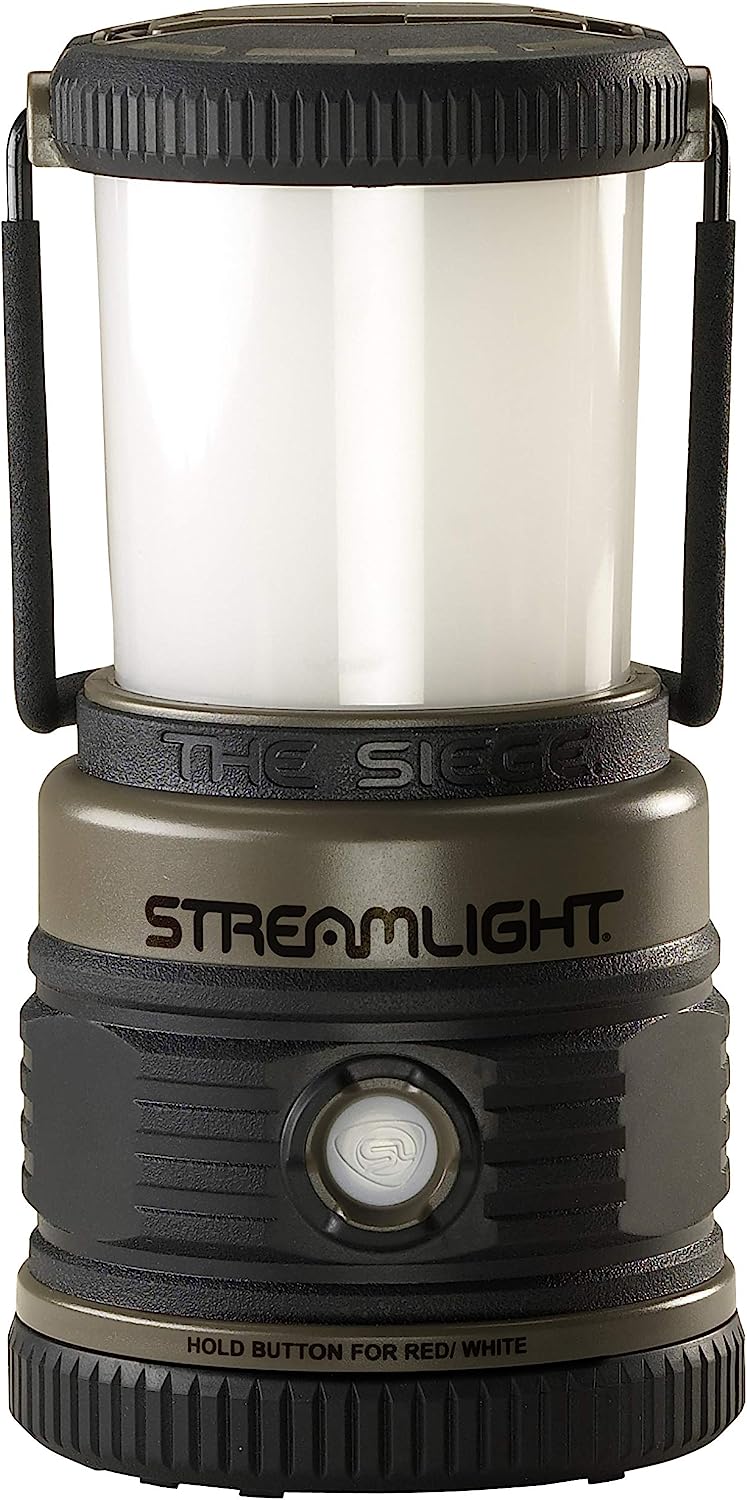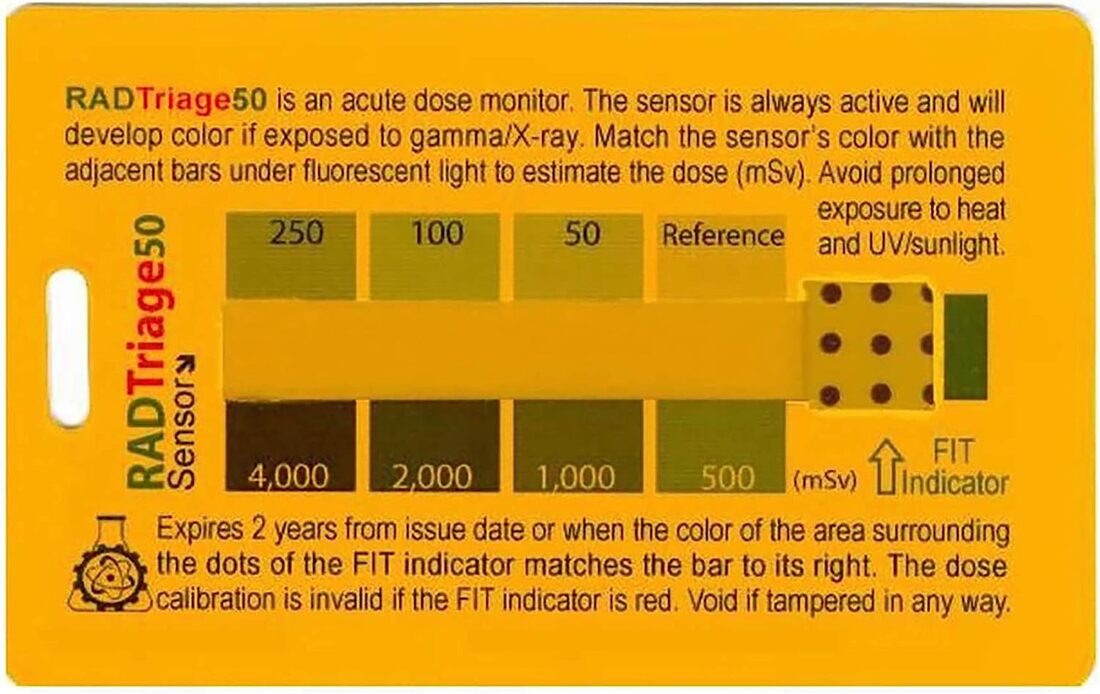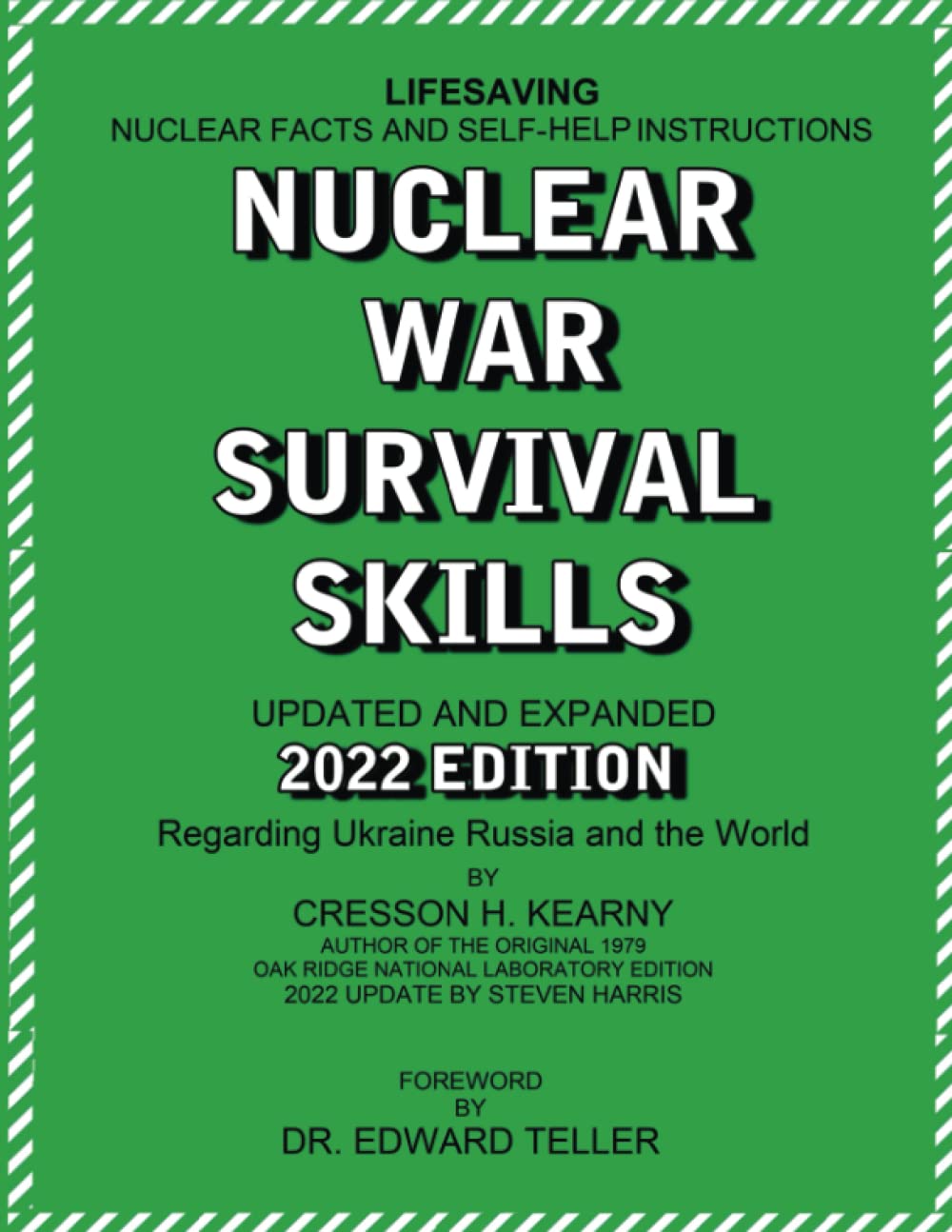|
Now that I’ve finished some writing of my own on similar topics, I’ve been free to read other’s works that have featured prominently in this community.
Jack Lawson’s Civil Defense Manual I had a chance to peruse Mr. Lawson’s book this weekend at a friend’s house. This is a comprehensive and universal disaster survival manual. This reminds me of the big go-to cookbooks that everybody used to have that tells you how to cook anything. No exhaustive details on a particular cuisine, but enough for you to pull off a big dinner with great results. The CDM covers pretty much every emergency scenario you could imagine happening in reality. This is the book that you keep around for when the low probability emergency (that you didn’t prepare for) which suddenly becomes high probability. I would highly recommend it as a gift to less apocalyptically inclined family members. Yes, on Christmas morning they’ll probably flip through it with some mild curiosity and then shelve it, but when SHTF they are going to go straight to it. Now we can’t help people who won’t read this stuff beforehand and prepare proactively, but the way Lawson wrote is book could help people who are ready to listen. He serves everything up to the willing ear with a persuasive argument. I call this “why you should care.” The chapters are written in a friendly and relatable manner. Historical and personal anecdotes are includes which personalize the danger, the need for concern, and that preparation can be achievable. You can see this from the excepts published on American Partisan. Lawson doesn’t overwhelm people, which may scare them, nor does he bash people over the head with an info dump. The tone is positive, i.e. making someone want to survive instead of becoming frightened, apathetic, and hopeless. So keep a copy around for when “I didn’t think that could happen here” happens and give a copy to your clueless friends and relatives. Joe Dolio’s Tactical Wisdom series (TW-#) These series of books are essentially field manuals for the civilian who expects a need to operate in a tactical or combat manner. In other words, how to move and fight like a soldier or Marine. The way this information is presented is easily relatable and clear. It literally is like an instruction manual. Editions cover both urban and rural combat. What I enjoyed most is the manuals were not oriented towards prior combat arms and seem to have come from a line infantry vs. special forces perspective. Even a green civilian with little tactical sense could be well educated in the principles of not dying and making the other guy die. If you want to know how to patrol in a military fashion after SHTF, these are the manuals. Third, there is no fluff. Actual field manuals are often less instruction books than they are definitions of policy and doctrine. If you want a “how to” book, this series is it. If you enjoyed the Ranger manual because it covers everything and gets to the point, you’ll enjoy Dolio’s series. I particularly liked his interactions with Antifa while undercover. In future editions of my own urban combat non-fiction works, I will be including a reference to these books for those who need tactical instruction. Fernando “Ferfal” Aguirre: The Modern Survival Manual: Surviving the Economic Collapse & Street Survival Skills: Tips, Tricks and Tactics for Modern Survival For those who haven’t been following “Ferfal” since he was online only posting his advice in forums, etc. you’ve been missing a great resource. He’s actually lived through an economic collapse in Argentina. His experience is the one that scares me the most; enough to make conditions dangerous and day-to-day living difficult, but not bad enough to where you get to quit your job and can shoot bad guys. Imagine living in a world where food is expensive, hard to come by, and you still have to commute to a terrible job but you get carjacked and robbed along the way. That was Fernando’s world. I would suspect that America will begin to look like his Argentina for a while until a total collapse comes and the rule of law disappears. Both books go through the day-to-day of living in sudden poverty. Most of us have family memories of the Great Depression, except for all intents and purposes that was another America. The fractured, polarized, and multicultural society we now live in resembles Argentina more and I highly suspect an economic breakdown here will necessitate Fernando’s skills more than our grandparents’ “make do with poverty” grit of the Thirties. Specifically, his books look at things like navigating black or gray markets and establishing trust with local merchants. The stark reality of self and home defense in violent and dangerous world, but still with the nominal rule of law, are included. Fernando’s books are part instructional and part a reality check of how SHTF won’t be all “just shoot everybody.” Miscellaneous Clay Martin: Concrete Jungle and Prairie Fire. These are very good for building an advanced team of shooters. Clay is a colorful writer so if you are easily offended by language or are a leftist don't read. I will cover these separately in another review as a pair. Lionel Shriver: The Mandibles: A Family, 2029-2047. This novel is a look at a leftist America in an economic collapse. I think this scenario is highly plausible and what we will face. It is also kind of funny and there is a lot of schadenfreude at “feel good” liberals living in a blue hellhole city reaping the rewards of what they’ve sewn. Dean Ing: Pulling Through. Simply the best nuclear war survival novel I’ve ever read. Realistic and full of practical advice. A third of the book is actual articles on how to survive a nuclear war. It is out of print and the copies are hard to find, but I will let you have my copy in exchange for an attractive daughter or sister (21-30, must be in the “unicorn” zone). Gordon Hutchinson and Todd Masson: The Great New Orleans Gun Grab. Yes, the book is about gun control and confiscation. Besides that, it 1. provides an excellent look at what self-defense and crime during a semi-WROL (without rule of law) situation would be like and 2. gives you an insight to cop’s mentality during the near-end of the world. Anything Selco Begovic has written. Selco is a survivor of the horrific Siege of Sarajevo. A total WROL collapse will not be a picnic. Anyone expecting the end of the world to be a walk in the park needs to read this for a dose of reality. I mean, women are selling themselves for a can of spam to feed their kids. Do you want that to be your wife? Have you thought about how you will communicate if the cell network goes down? The modern telecommunication system can be taken down through cyberwarfare, hackers, or a natural disaster. Cell towers only have a limited amount of fuel in their generators to keep running after a power outage. The regular telephone system is resilient but is now more than ever dependent on the Internet to facilitate calls. Do not rely on cell phones. Cell networks can be easily overloaded in large emergencies. Anyone in earthquake country can tell you even the old phone system was overloaded after a quake. You picked up and waited for a dial tone. Crowded areas often get very poor cell reception because there is too much traffic for the node to handle. We’ve all learned one way or another that the cell network capacity can be stretched and broken. For me this was one Black Friday morning when tens of thousands of people descended upon our outlet mall. From a disaster, to a power outage, to simply having more phones in small area than the local cell nodes can handle, you cannot rely on a cell phone. A long-term power outage from a disaster is one thing; the towers should still be intact. In an insurrection or major social upheaval of some sort, cell towers may be shut down entirely. A disaster may render the cellular network impotent, such as if the backup generators eventually run out of fuel. A major regional disaster coupled with a fuel shortage may cause this. A cyberattack may just disrupt cell traffic until the attack is over. Outside events like EMP, nuclear war, or loss of satellite communications/GPS may render the modern cell networks into junk. A war with China or Russia would also probably see major infrastructure hacking and even damage to the GPS system or satellite communications, which would wreck cell towers’ ability to connect with one another. Sat phones aren’t an answer either; just imagine a war where satellites are deliberately targeted. Robust forms of communications are necessary for your family, information gathering, and tactical self-defense use. This leaves us with radios. For those unwilling to foray into ham radio, there are some easy options that don’t rely on cellular towers. RadiosRadios are good when you need immediate communication at the push of a button. You aren’t texting in a gunfight and dialing a call is too long. Also everyone on your team can hear a radio transmission. Radios will be the primary form of communication in a major grid-down type of disaster. The downside to radio is that in the forms that you will likely have access to, there is zero privacy, all frequencies are shared, and are short range. Remember to replace that cheap, short “rubber ducky” antenna on your radios and scanners with taller, high gain ones. For tactical use, folding flexible antennas exist. Most radios will come with a cheap, six to nine inch “rubber duck” antenna, their length often 1/8th of the frequency at that wavelength. This should be immediately replaced with a longer antenna. For common VHF/UHF radios, this will be around a 19” antenna. Flexible and folding antennas exist for easy storage, mounting in a belt holster, or on load bearing equipment. Unlicensed optionsOur discussion will be limited to bands that do not require an amateur operator’s (ham) license. If you plan on using anything other than simple, pre-programmed radios in the neighborhood, do some serious research. You don’t need to necessarily get a license for all of these options but do learn how the various bands work in the application you want to use. Learn what equipment works best and how to install and program it. Use your Google Fu! I recommend a home GMRS watt base station and at least one car with a 50 watt mobile radio. This would replace a cell phone when driving around town when the grid is down. Each family member would have a GMRS walkie-talkie; the older folks would get the more expensive models with longer antennas and the kids would get the bubble pack ones when they go play down the street. To talk to friends or relatives across the county, this would be done with a CB radio mounted on the house. GMRS: General Mobile Radio Service. Technically this requires a license that applies to you and your family, but because it requires no test and is approved automatically, it could be considered unlicensed. Since most users don’t have licenses and there is no enforcement, it practically is unlicensed. GMRS is used for family communications, popular with off-roaders, often used without a license (illegally) by anyone needing a short-range radio. The license is $70 as of this writing, supposedly to be lowered to $35 later in 2021. The license is good for 10 years and practically any close relative can use your license. I have not heard of the FCC prosecuting unlicensed use. You can install repeaters and use radios up to 50 watts. This is a poor-man’s UHF ham analogue, but lots of people are using few channels, so you have less options. Portable radios are usually 5 watts, which will give you 1-3 miles in town without connecting to a rooftop antenna. Mobile (vehicle) radios and a rooftop antenna could cover up to 15 miles depending on the terrain. FRS: Family Radio Service. Basically your cheap blister pack radio. Only good for talking within a few blocks, like one end of the street to the other mostly. Though the frequencies and possibly the radio would have greater capabilities, you can’t replace the crappy antenna. CB radio: Citizen’s Band radio falls at the high end of the HF spectrum. CBs are right on the border between “long range” HF/High Frequency and “short range” VHF/Very High Frequency. Maximum legal wattage is 4 watts, which won’t reach far, but if you buy illegal amplifiers, you can increase power dramatically to reach across whole counties, depending on the terrain. Under the right conditions and with the right equipment, a CB radio base station could reach out around 30 miles or so, giving you medium range communications without a repeater. I recommend a home GMRS watt base station and at least one car with a 50 watt mobile radio. This would replace a cell phone when driving around town when the grid is down. Each family member would have a GMRS walkie-talkie; the older folks would get the more expensive models with longer antennas and the kids would get the bubble pack ones when they go play down the street. To talk to friends or relatives across the county, this would be done with a CB radio mounted on the house. If you would like greater flexibility and the benefits of better radios and frequency choices, pursue your amateur license. The material for a Technician license isn’t overly complicated and study guides provide a good introduction to the test material. Studying for the test can be done by simply memorizing the question pool. Knowledge of Morse code is no longer required. Don’t let the study material and test throw you off; once you pass, for most entry-level radio usage the knowledge is practical versus technical. Ham (licensed options)Ham radios require an amateur operators license. The test is easy if you study (memorize the answers) and gives you far more frequencies to use. Those who have looked into ham radio know about UHF/VHF and shortwave radio, but one band goes overlooked. This one band might make a difference. UHF: Usually in the 400 MHz range and often found in the non-ham radios commonly available in stores (GMRS and FRS). For hams, this includes the 70cm AKA 440 MHz band (Technician-level amateur operator license required at minimum). This is for short range (<5 miles) communication. VHF: Usually in the 30-200 MHz range for civilian radios. This is most common for 2m band (144-148 MHz) ham radios, like the ever popular Baofeng radio. The 2m band requires at least a Technician-level amateur operator license at minimum. This is for short range (<5 miles) communication. 1.25m Most ham and consumer radios operate in the 2m VHF (140 MHz) and 70cm UHF (440 MHz) bands. These are the most popular FM frequencies because most cheap radios (Baofengs) utilize them. I personally would recommend 1.25m (220 MHz) because it’s so similar to 2m (140 MHz) VHF, but with a lower noise floor. 1.25m is not widely used and none to very few commercially available radio scanners are tuned for these frequencies. Because few people have these radios and it’s highly unlikely any civilian will have a scanner that can pick up this band, there is a low, but not zero, probability of intercept. Baofeng sells 1.25m handsets and a variety of mobile and rack units are available. Be aware that your communications are not secure. They are less susceptible to intercept than other frequencies simply because there is a lesser chance that someone is listening. These are not secure channels but are the equivalent of having a private conversation in an empty room with the door open. Learn more, buy my book.If this is "old hat" to you, skip to my good online friend NC Scout's "The Guerilla's Guide to the Baofeng Radio."
Video on Twitter
You hear a noise on your front porch or you are warned by a camera alert. Through the peephole, you see two masked persons approaching the door. One is armed and the other gets ready to break down the door. You withdraw back down the hallway, take cover around a corner, and aim your shotgun at the door. The door is violently kicked open and the first intruder turns around and steps over the threshold. In just about every state you can legally shoot that intruder. Let’s say you do. He falls down dead or incapacitated. As you rack the slide to eject the empty shell and chamber another, the second intruder turns and runs off. What do you do? We can even say that both of them ran off. A Close Quarters Battle (CWB) tactics instructor would tell you how and why to “slice the pie” around the door as you pursue the suspects. It is better ask why you would pursue them in the first place. You are behind cover, between the bad guys and your stuff/family, and they have to maneuver to get you. You have all the advantages. Why give that up? The corner of the wall or the piece of furniture you’re using probably won’t outright stop bullets, but it will probably deflect them or slow them down. Only a part of your body being exposed makes for a small target and most criminals are poor shots, often when fire is being returned. Don’t give them a better target. A miss or a very slow bullet beats being shot totally exposed in your front yard. It is you who have the advantage of the field of fire, not they. A doorway or hallway makes a very small target area for an intruder to pass through, simplifying your aim. It’s literally like an arcade style shooting game. The bad guy, probably armed with a pistol, will have to approach an opening he can’t clearly see into that is probably dark and move directly into the opening to get a proper sight for his shots. Sure, he could stick the pistol around the corner and shoot in, but then he isn’t shooting accurately (and you can shoot through the wall where he is). If you get al tactical ninja-like and slice the pie out the door, then what? What if they are waiting for you just around the corner, waiting to ambush you when you peek your head around or out the door? Or you exposure yourself totally in the yard or street where they can easily hit you. Why not stay where you are and let them come to you? Your first goal is to defend yourself, then your family, then your home. If you die, you cannot fight and protect your loved ones or stuff. Staying safe between you and what the suspects want to steal or kill is how you prevent a flank attack. If you go chasing after the bad guys, they can circle back or have an accomplice sneak in behind you. Legally, if you pursue the bad guys you can’t shoot them in the back as they run away. Self-defense is allowed almost without question for anyone forcing their way into a home but it is very difficult to justify shooting someone as they run away. A person who is running away because you shot them or shot at them are not necessarily a threat. Unless they are shooting back at you as they run, homicide is justifiable at that point. So what are you going to do by charging out the door after them? Assuming they aren’t waiting just around the corner and grab your gun or kill you. Maybe in a world totally devoid of law and order you can shoot them in the back to make sure they never try to hurt you or anyone else again, but even so it is bad form. Shooting someone in the back will get you in trouble with the law or potentially complicate even a righteous defense. At the end of the world, neighbors might think you are a bloodthirsty killer and shun you. Friends or relatives of the deceased burglars may retaliate against you. Such needless complications can be avoided by staying inside. You have the high ground; keep it. For most break-in defensive shooting situations the average person will be involved in, chasing the suspects down will be unnecessary and unwise. Shooting through a windshield
You can easily shoot through a windshield. Way back when, the California Highway Patrol had this stupid theory for its officers to stand in front of the A-pillar looking in at the driver because they assumed that no one would shoot out his own windshield. Bullets will hit targets with fair accuracy when fired through a windshield. There will be some deflection, but at near distances not enough to matter (more on this later). When sitting properly with one’s face away from the glass, shards and chunks should not injure the eye. Normal glasses and sunglasses should provide adequate protection in extremis. I’ve seen a lot of car accidents in my time and glass in the eye causing a serious eye injury is uncommon. Obviously full eye cup protection with ballistically rated lenses are preferred. The first round through a windshield will likely have the most trouble penetrating; this can be true of any shots that go through undamaged glass. Make your first shot a good one, well placed on the target without consideration to the deflection the glass may cause. Don’t try to adjust your aim based on the bullet holes/impacts on the glass. Pick an aimpoint, keep your aim steady, and fire at that spot. Your intent should be to saturate your target area with bullets to get a hit. Even if your shots are less than square range accurate, they may provide a suppressing effect on the bad guy if he isn’t expecting to be shot at. If you have the ammo, blow out a large enough area of glass to shoot through the resulting hole. Since you’re so close it’s going to be easy to blow a hole in the glass large enough to keep shooting out of. Shoot out of the hole you made and each bullet will fly to the target true to your aim. Your muzzle will probably be only inches away so it won’t be difficult, even under stress, to do this. Close up, this is your best bet to quick, accurate shots. Enlarge that hole. This is called “porting” and it typically takes three to four shots to make a hole large enough to shoot well out of. Within typical pistol distance, your shots, if well aimed in the first place, will not deflect enough to matter. You will probably get effective shots on target. Keep in mind that shooting out your windshield makes it a little easier for incoming bullets to hit you. There are now holes in it and it has been weakened. Don’t just “aim low” when shooting through the windshield “because the first round will go high.” The first shot (going out) will likely deflect high, but your subsequent shots, unless you are shooting through undamaged glass, will generally not behave the same way. Shots will behave randomly depending on this or that variable—did the bullet catch the edge of the glass?—but will land within center of mass if that’s where you’re aiming. You probably will flinch when the glass breaks and pieces hit you in the face. This is a natural reflex. Glass will get everywhere when a car is shot up, but again, it will not be much of a hazard. Clean up will be necessary and you will want to check your clothing to make sure any glass has been removed from it. If you have to shoot inside a car, it’s gonna be loud. You may suffer irreversible hearing loss. Family and passengers will probably start screaming. Tinnitus will occur while shooting. Gunshots are loud and they are magnified by confined spaces. Reduce the trauma to your ears by rolling the windows down, at least two. The more shots you fire, the more likely you are to hurt your ears. Rolling the windows down may help reduce the reflection of the soundwaves and will also vent any gas or dust. The effect windshield glass has on bullets Note: Much of this is academic. Bullet deflection is a problem when precise shots are made, but at close distances, say a few yards, it does not practically matter. Don’t worry about up/down, inside/out deflection. Copper jackets will separate from the lead in a bullet almost always when hitting glass. Jacket fragments may impact the target, passengers, or bystanders. Bullets may be deformed and have reduced performance on target, including keyholing. This is where contact with the glass causes the bullet to yaw in flight impacting the target sideways at lower velocity, producing a hole that looks like a keyhole. Windshield glass is laminated and side/rear window glass is tempered. Windshield glass tends to hang together rather than breaking apart. Side window safety glass breaks into chunks instead of shards. These chunks are difficult to get cut with even on purpose. Windshields are the most resistant to damage and are more likely to spiderweb than shatter. Holes will form and bits will come off, but they almost never will shatter in your lap. The rear window will shatter into chunks if you look at it funny but the side windows are a little tougher. Windshields are angled to deflect the wind. The degree of slope varies between vehicles. This slope affects bullets because when the bullet enters, it will make first contact either high or low. That is, the “top”[1] of the bullet will impact the windshield first going out, since the slope makes the high side closer to the “top” of the bullet. Going into a vehicle, the “bottom” of the bullet will make contact with the bottom of the glass first. This is what causes deflection. Shooting out from inside, the bullet will go high because of this effect. Conversely, when shooting into a vehicle through the windshield, the bullet will go down and strike low. This is why some trainers tell students “Aim low when shooting out and aim high when shooting in.” In practical terms this doesn’t matter. Unless you are a sniper or taking really long shots that must be precise through unbroken glass, you shouldn’t concern yourself about this. This doesn’t apply to the nearly vertical side windows which are not as thick or tough as laminated windshield glass. Rear window glass also shatters a lot more easily although it too may be angled. Note that a lot of quality side glass won’t shatter into little pieces when shot but will tend to remain intact up to a point. Your mileage may vary. Note: this an adaptation from my non-fiction book Suburban Warfare: A cop's guide to surviving a civil war, SHTF, or modern urban combat, available on Amazon. [1] Top and bottom are relative because a bullet is spinning. A thread on Twitter inspired me to rate nuclear war movies. "Nuclear war" is being loosely interpreted here. Dr StrangeloveThis is the best, not solely because of the iconic humor, but because it's also somewhat realistic. Fun fact, the B-52 cockpit was mocked up based on a single photo of the then new plane, sparking an investigation to see if something had been leaked. The trials and travails of the bomber crew are probably what B-52 crews would have faced going in to nuke Russia. Fighters, surface-to-air missiles armed with nuclear warheads, and the need to divert to alternate targets. Russia did have a Doomsday Machine, not to destroy the world, but to give the "go codes" if the leadership was dead, known as "Dead Hand." General Turgidson's argument to just go ahead and execute a full strike is much better than what was suggested in the next movie. Fail SafeThe plot is similar to Dr Strangelove but serious. There is the original version, which had to be rescheduled to avoid conflicting with Strangelove's release and a 1990s black and white version, filmed and televised live, with George Clooney. Both are comparable. Some plot points are implausible, such as the phone calls to the plane with the president and the pilot's son. If my son called me and begged me not to start WWIII, there is no way I'd think it was some Commie trick. Too implausible. And the president's decision at the end? See above. Twilight Zone: The ShelterTechnically a TV episode, "The Shelter" is a famous episode, parodied by the Simpsons, in which the neighbors beat down the doctor's shelter door in a Little Red Hen style parable. Filmed in the early '60s when the fear was at its height, the tension is real. Jack Albertson is great in it. Real details like CONELRAD show up. This is a lesson in OPSEC. By Dawn's Early LightThe President is a total waffle who must have been based on Jimmy Carter. Even Biden has more stones than that guy. Talk about fiddling while Rome burns. I wanted to climb in the TV and physically harm Martin Landau. A male/female B-52 pilot crew would not be sleeping together, and if they were, and the others knew, SAC would have shat a brick. The whole "drama" in the cockpit? That's not how the military works and I wasn't even in the Air Force. The Day AfterIn my opinion, this is the most realistic and best drama (vs Strangelove). Hell, this is a straight-up horror film with nukes as the off-screen villan. Most of this is from the civilian's perspective. Documentary footage from the Looking Glass plane and a missile silo during the launch phase is included in the film. I like this film because it adequately builds up the tension of a mounting war crisis until it goes nuclear. Probably what a 1980s nuclear war would have looked like and my mind flashed back to it in February when Putin decided to invade Ukraine. The special effects sucked, but it was 1980s made-for-TV and I thought the radiation sickness and destruction was a little over the top. Even so, it is a good reminder that being in the Midwest downwind of nuclear missile silos is a BAD idea. Damnation AlleyTechnically a post-apocalyptic film. Better than "Mystery Science Theater 3000" Quality, but not much. Sorta like a Fallout video game in movie format. Not a bad '70s post-apocalyptic flick. I think I had a toy version of the Landmaster that came from a garage sale. The Landmaster alone is worth seeing plus it has that quirky mutant vibe in it. On The BeachI think I saw a few minutes of it on TCM or something and gave up. Slow and classic golden-era wooden acting. Book is way better and far more depressing. The Sum of All FearsBook is million times better. Tom Clancy goes into his usual level of detail, even about how nuclear weapons work. The movie replaces Muslim terrorists with neo-Nazis because the usual reasons. Clancy's plot is dumbed down and twisted until it sucks. James Earl Jones was a better Greer. Nuclear detonation scene was pretty bitchin' though. ThreadsShort version: the UK gets totally spanked. And they will. Country will have 5 minutes of warning, if that. The post-attack survival situations seem realistic and plausible. The post-apocalyptic part seems dark and dramatic for thematic purposes. A bit dismal and overwrought in my opinion. When the Wind BlowsThis is an animated film taken from what we'd call a graphic novel today. Could me mistaken for a children's film. An elderly couple basically ignores the war crisis in the background, then prepares last-minute using real UK MoD/Home Office advise. The husband does fairly well for being elderly and unprepared. For an animated film, it is painful in some scenes. It does not have a happy ending as the couple is not prepared to survive the fallout. Excellent in the respect of illustrating how the unprepared and unlucky will be screwed. Right at Your DoorDirty bomb movie. Slow and limited perspective. You can tell it was low budget because the camera never seems to leave the house. Stopped halfway through. TestamentNot much war stuff seen on camera. Basically the aftereffects in a small town. I felt it was too slow and played too much on emotions. But it does realistically show fallout! I think this is more of a film about loss than it is nuclear war. Miracle MileImplausible. Nuclear war takes to long from the warning. This is basically a suspenseful romance movie. There really aren't any good nuclear war movies. All kinda fall flat in the "war" department. Some attack scenes are better than others, but none have scratched the itch I have. You'll have to read books. Read mine or Dean Ing's "Pulling Through."
So I’ve been writing part of a hopefully upcoming novel where one of the characters, a former Navy SEAL and Hollywood armorer, builds a technical (if you don’t know what that is, think of a Toyota in Africa with a gun in the bed). Okay well, he’s asked to mount a machine gun to a small pickup truck. Easy enough; the guy can weld and has a bunch of gun parts lying around. The problem is that there is no proper machine gun to use.
On Twitter, I saw a discussion about a desire for technicals. While welding weapon mounts and bed rails so the gunner doesn’t go flying out isn’t hard, pieces of specialty machinery will be harder to come by in say a fictional world where an EMP just detonated like in one of my novels. Like my character and the average Twitter user, there are a few common problems.
First, buy what you can. Order that M60 gooseneck pintle or a MK 64 cradle mount. KNS sells a Picatinny rail adapter that can attach to quad rails or whatever. Are you going to make one yourself out of some steel and ball joints? Better order those carefully machined parts now while you can still go to specialty hardware stores or order online. If you are a fictional character who may have a future need for a machine gun mount, there is no harm in laying it by early. A vintage tripod might be a good collectable for the corner. Next, buy the gun accessories. Are you adapting an AR-15 because everyone has like 12? Buy a spade grip adaptor, which seems uncomplicated enough to fabricate in a garage. Need taller sights to shoot when standing up? Buy those. Note that AR-15s are terrible sustained fire weapons. You’ll blow the gas tube after about 300 rounds of sustained fire, so you’ll need a quick change barrel adaptor, or like three, which will get expensive. Or an extreme duty gas tube. A heavy barrel is less of a concern than an exploding gas tube that will turn your rifle into a straight-pull single shot. How is it going to fire fully automatically? Well, in my novel a 3D printed lightning link is used. The AR-style open bolt conversions, as used in the M231 firing port weapon, have a tendency to batter and walk out pins, I am told. Yes, in fiction I could have my character just fit a full-auto parts kit in as he did to some rifles, but like in reality, he didn’t have that many to begin with. You’ll probably have zero. If you think you may capture a weapon, have your own ammo supply. There is no harm in buying linked 7.62mm or 5.56mm ammo to feed that ex-government M240 or whatever. You can always unlink it and shoot it or reuse the links. Buy tracers while you still can. If you’re shooting a machine gun, especially one from a vehicle, you’ll want it. Beta Mags and Magpul D60s could get banned too. Here are some pictures of cool weapon shields. Note the attached pieces of pipe to route the empty cases into an ammo can. Anyhow, some fun ideas. Stay tuned for the what hope is another novel in my EMP series. |
Author Don ShiftDon Shift is a veteran of the Ventura County Sheriff's Office and avid fan of post-apocalyptic literature and film who has pushed a black and white for a mile or two. He is a student of disasters, history, and current events. Archives
May 2024
Categories
All
As an Amazon Associate I earn from qualifying purchases.
|
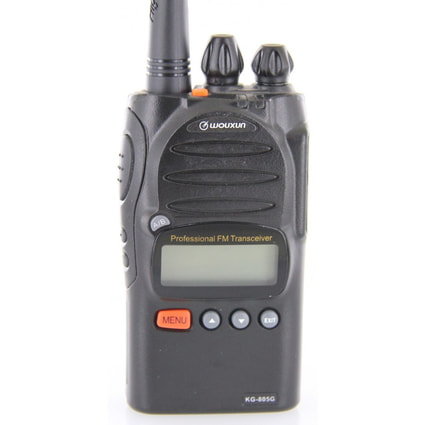
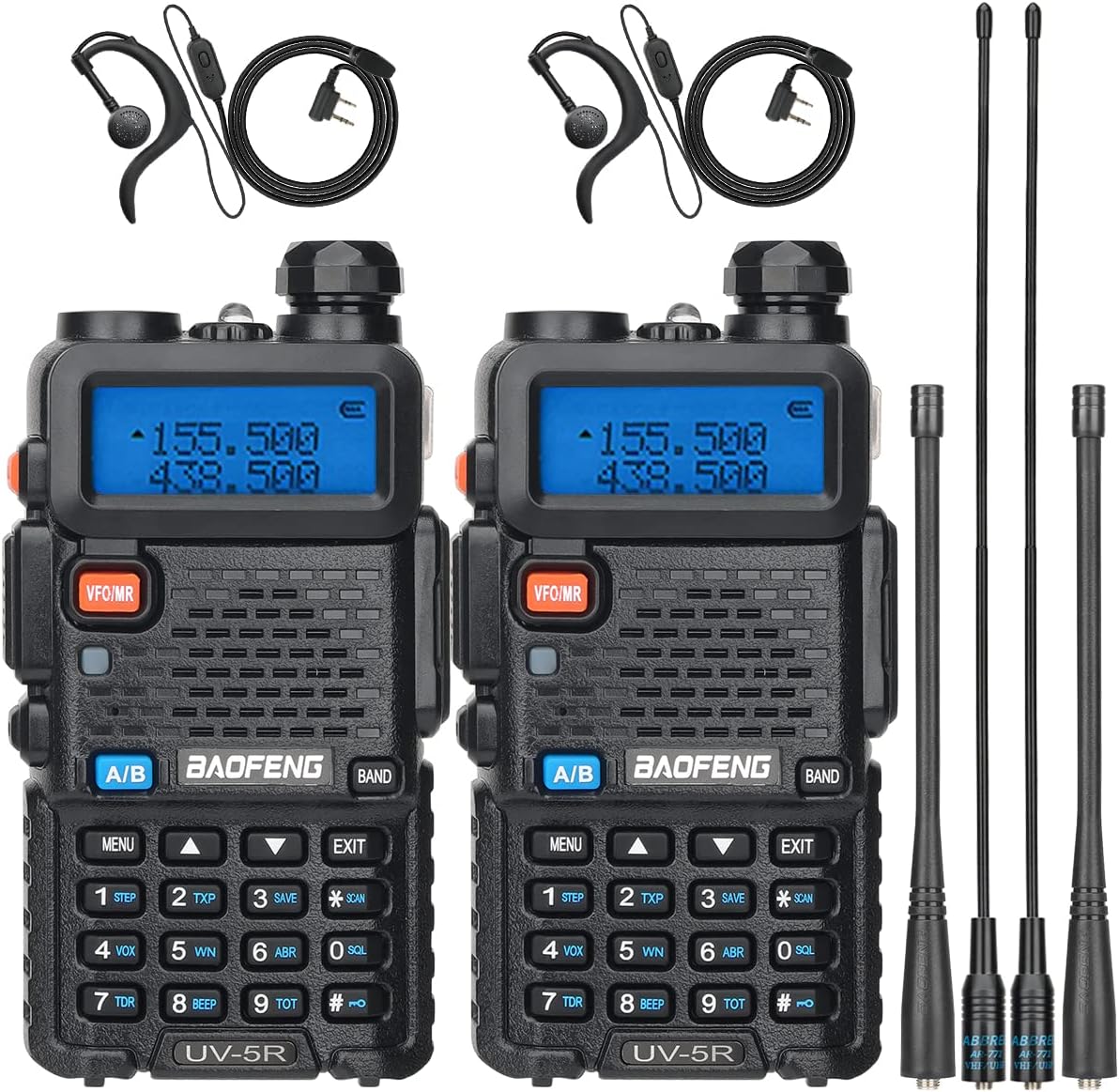
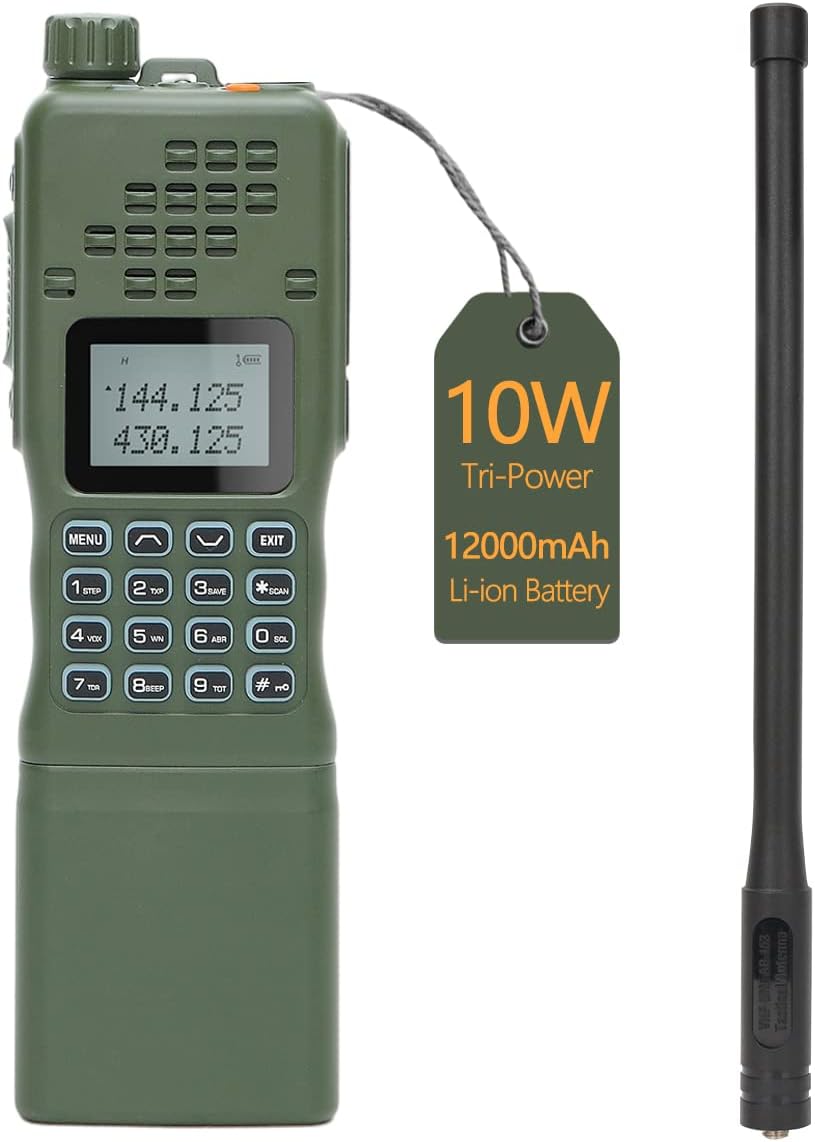
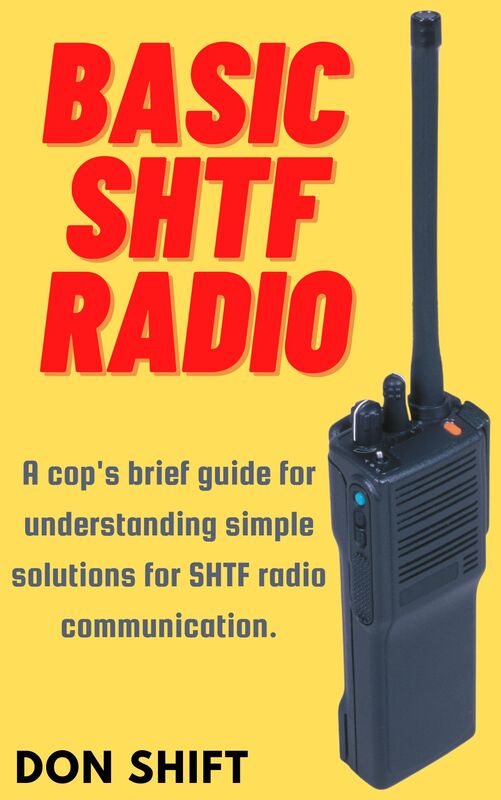
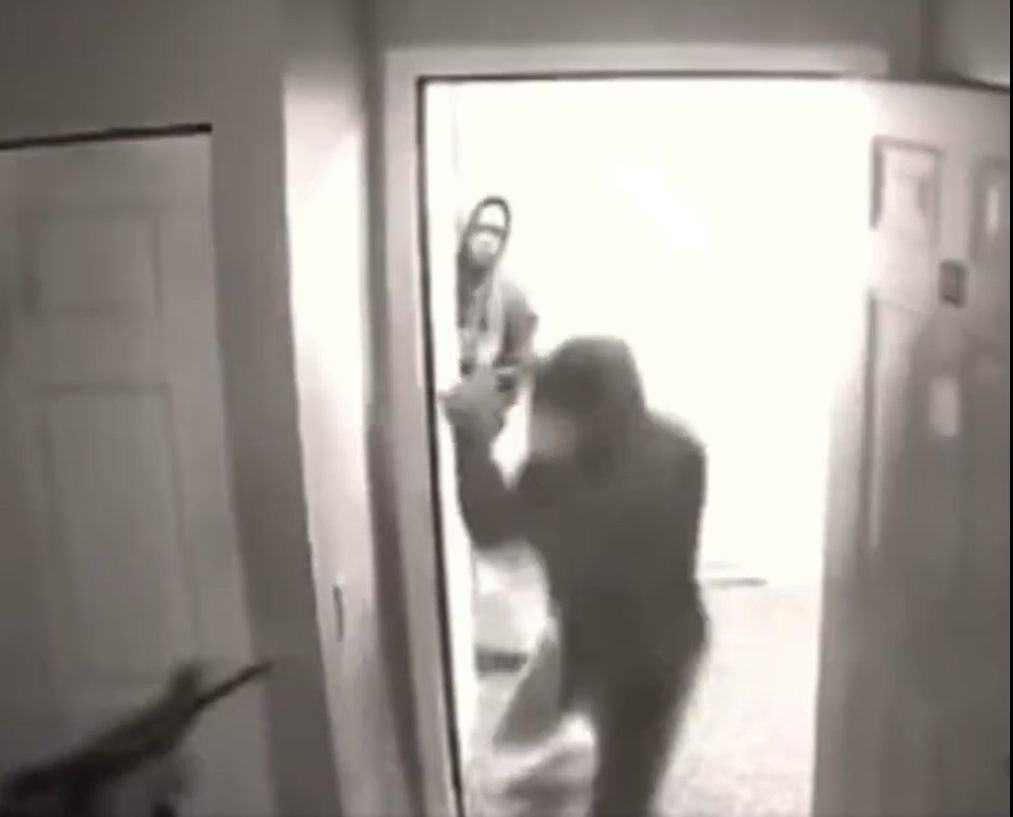
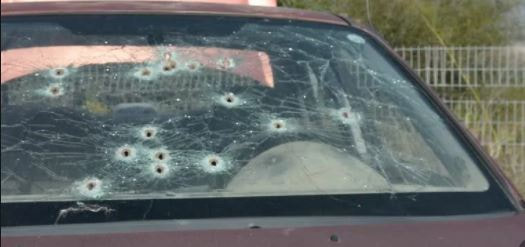
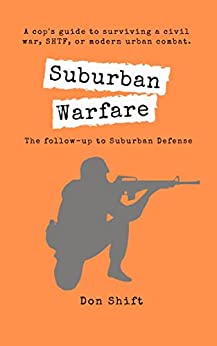
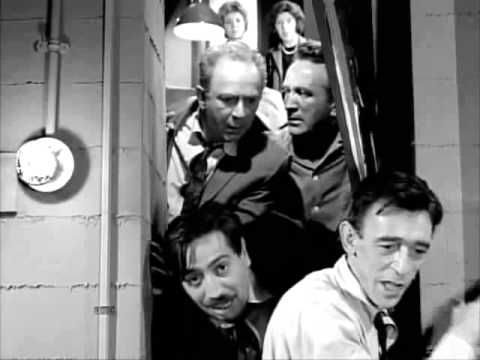
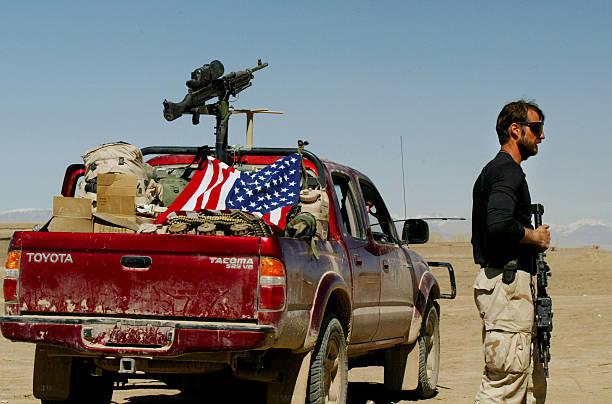
 RSS Feed
RSS Feed
